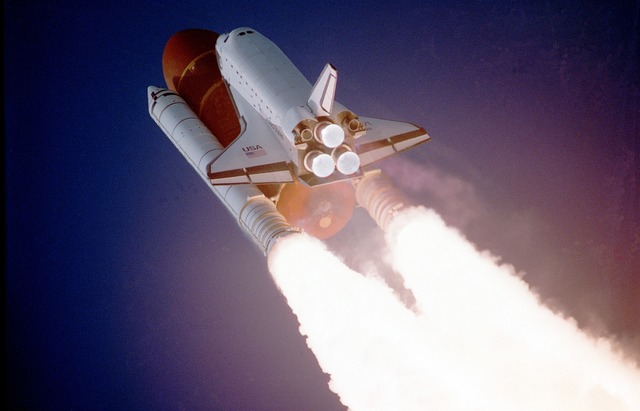Touch Screen Display: Who is Using it?
Now, we are all made use of touching our displays. We browse through our phones, touch our tablet devices, and significantly poke at laptops. If you have ever before found yourself connecting and touching the screen of your desktop PC out of practice, you are not the only one.
Some desktop screens are touch-sensitive, typically sustaining multi-touch communications so that you could use numerous fingers for motion support. You will pay for functionality, so what types of situations are they useful for? Below are some pointers.
Uses for a Touch Screen Display
Discussions
Discussion is a typical use for touch-sensitive screens. However, these large-format screens could stay in the conference room, likewise in the entrance hall or in kitchen locations where employees commonly gather. They permit individuals to poke and swipe through conversations with coworkers.

Education is one more rewarding market for large touchscreen monitors. The displays, which could encompass 70 inches or even more, are making their means into class. They combine the typical whiteboard with multimedia shows that provide educators unlimited choices to influence and educate young minds.
Self-Service and Kiosk
Many self-service functions in non-desktop atmospheres crave touch displays. There is a substantial demand in these settings for user-friendly interfaces that make deals quicker. Any kiosk situation is a great contender for a touch-capable screen if it involves a well-designed user interface.
Firms need to consider just how to frequently disinfect touch user interfaces in a world beset by the unique coronavirus. Possibly currently the moment to move toward mobile applications and voice user interfaces?
Expert Solutions
Paper has been around in its new kind for two eras. Isn’t it about time for a modification? Professional solutions companies can separate themselves by providing digital paper monitoring. From monetary advisors to lawyers, every person can give the customer’s touch display screens for record signing, either with a stylus or finger. Cutting paper out of the loophole ultimately makes paper management extra protected and efficient, occupying much less area, building in encryption, and lowering misplacing files.
Design
A touch screen display can be a valuable style tool yet beware of static displays below that need designers to reach over and draw on a vertical screen. That rapidly expands tedious for somebody making use of a hands-on design device for prolonged durations.
Senior Executives
Finally, just like all glossy computer playthings, C-suite executives are great candidates for touch display monitors. They may enjoy the capacity to point as well as swipe their method around papers with their colleagues.
These last four use situations for touch display displays are significantly problematic thanks to the appeal of tablet computer devices. Professional solutions companies are higher-margin use instances that frequently make an Android, iPad, or Windows tablet practical with the included advantage of convenience. Designers can doodle far more efficiently on a big format tablet. Senior execs are a vital target for higher-end tablet computers that allow them to swipe and sign files with stylus pens.
Touch Screen Display: Who is Using it? Read More »


